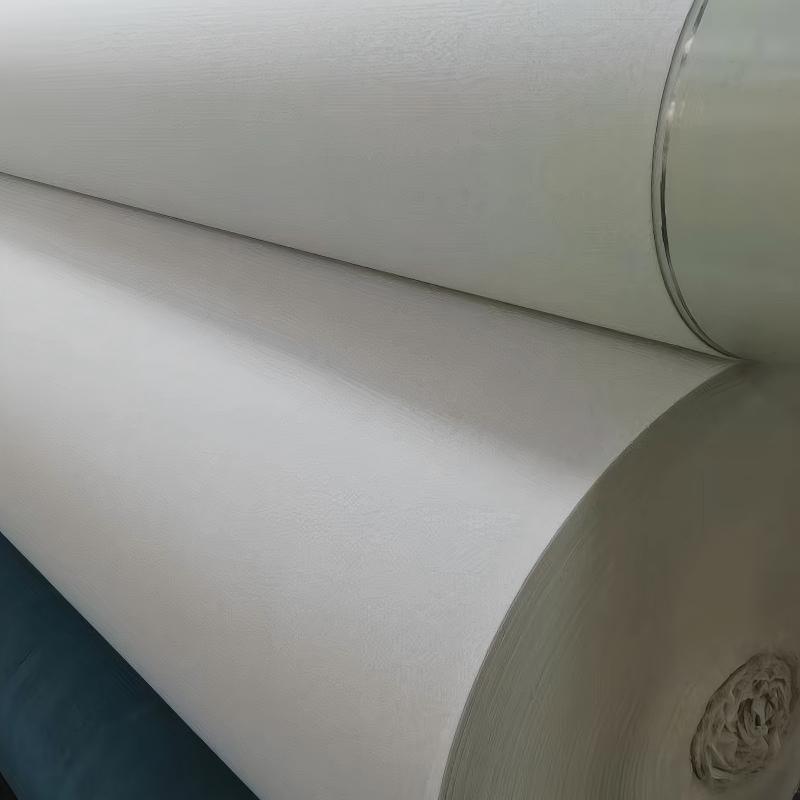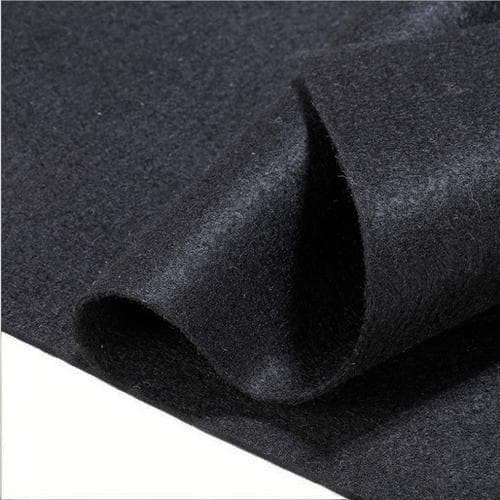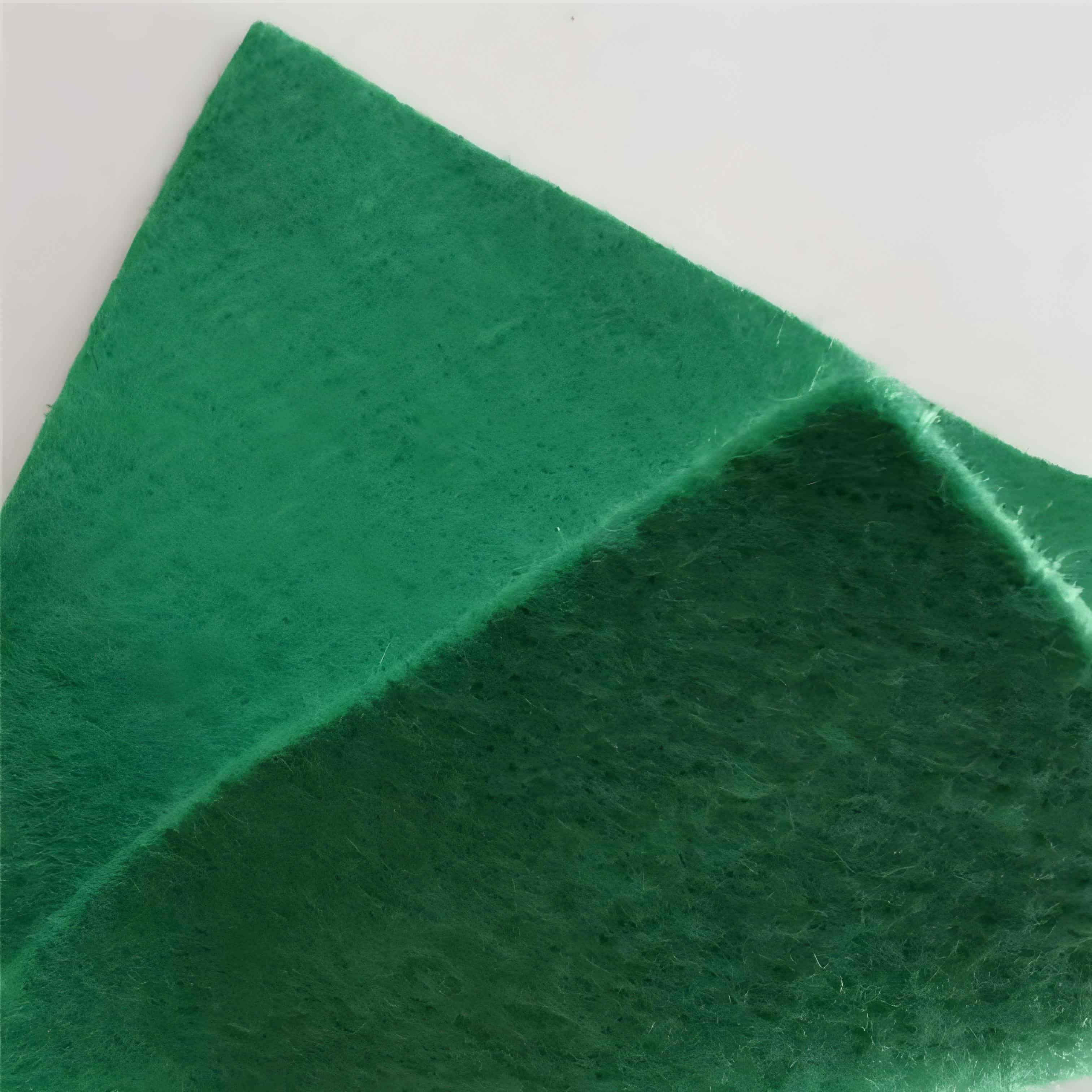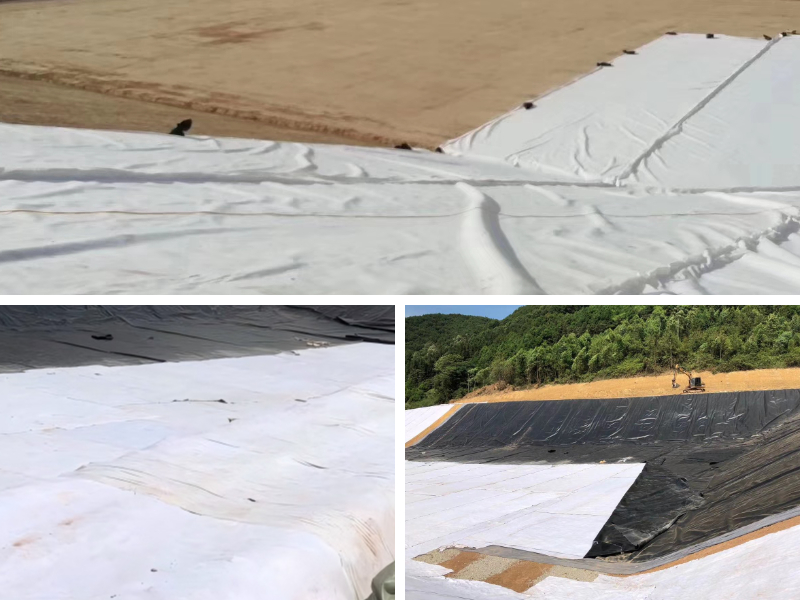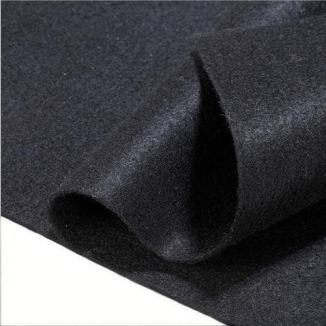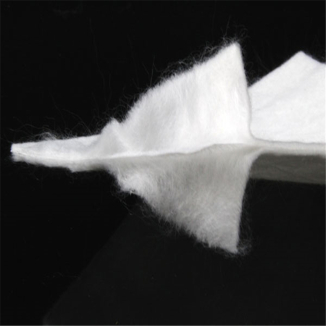Geotextile Stabilization Fabric
1. Reinforcement and soil stabilization: Enhance the shear resistance of soil, disperse pressure to prevent collapse, and stabilize structures such as slopes and roadbeds.
2. Dual effect of filtration and drainage: intercepting fine soil to prevent loss, diverting water and precipitation pressure, and maintaining long-term stability of the soil.
3. Weather resistant and durable: resistant to UV rays, acid and alkali corrosion, adaptable to complex environments, with a long service life.
4. Strong adaptability: easy to lay, suitable for various terrains, compatible with various engineering reinforcement needs.
Products Introduction:
Geotextile stabilization fabric is a type of high-strength geosynthetic material made from polymer materials (mainly polypropylene PP and polyester PET) through needle punched non-woven, woven or braided processes. Its core function is to enhance the stability of soil structures through reinforcement, filtration and drainage, and isolation reinforcement. It is widely used in engineering scenarios that require soil reinforcement and instability prevention. It forms a "material soil" composite structure by closely integrating with the soil, enhancing the shear strength of the soil, controlling settlement deformation, and solving the problem of structural failure caused by soil loss and water erosion. It is a key material for achieving long-term stability of soil in engineering such as roads, slopes, and foundations.
Product Features:
1. High strength reinforcement, shear and collapse resistance: woven with high modulus fibers, the longitudinal/transverse tensile strength can reach 20-100kN/m, with excellent tear and creep resistance. After laying, a collaborative force system is formed with the soil, which can significantly improve the shear strength of the soil (by 30% -50%), effectively disperse loads, resist soil slip, and prevent instability problems such as slope collapse and roadbed settlement from the root. It is suitable for complex working conditions such as soft soil foundation and high steep slopes.
2. Precise filtration and drainage, soil conservation and water control: The fabric pores are optimized in design (0.1-0.5mm), which combines the functions of "filtration" and "drainage" - can intercept more than 90% of soil fine particles (clay, silt), preventing soil erosion from forming voids; At the same time, quickly drain the accumulated water inside the soil (permeability coefficient ≥ 1 × 10 ⁻ cm/s), reduce the pore water pressure, avoid water soaking and softening the soil, and maintain the integrity of the soil structure.
3. Weather resistant and corrosion-resistant, long-lasting stability: The surface is treated with anti UV and anti acid alkali coatings, which can withstand temperature differences of -30 ℃ to 80 ℃, resist soil corrosion, microbial erosion, and harsh outdoor environments. In underground burial or outdoor scenarios, the service life can reach 10-20 years, with a long-term performance degradation rate of ≤ 15%, reducing the frequency of later maintenance.
4. Flexible adaptation and efficient construction: The texture is flexible (thickness 1-5mm), lightweight (150-500g/m ²), and can be flexibly cut and spliced according to the terrain (convex, concave, and polygonal) to fit irregular base layers; Laying does not require large equipment, and can be operated manually or by small machinery. The overlap width is ≥ 20cm to ensure integrity, and the construction efficiency is increased by more than 50% compared to traditional reinforcement materials such as steel mesh.
Product Parameters:
project | metric | ||||||||||
Nominal strength/(kN/m) | |||||||||||
6 | 9 | 12 | 18 | 24 | 30 | 36 | 48 | 54 | |||
1 | Longitudinal and transverse tensile strength / (kN/m) ≥ | 6 | 9 | 12 | 18 | 24 | 30 | 36 | 48 | 54 | |
2 | Maximum elongation at maximum load in longitudinal and transverse directions/% | 30~80 | |||||||||
3 | CBR top penetration strength /kN ≥ | 0.9 | 1.6 | 1.9 | 2.9 | 3.9 | 5.3 | 6.4 | 7.9 | 8.5 | |
4 | Longitudinal and transverse tearing strength /kN | 0.15 | 0.22 | 0.29 | 0.43 | 0.57 | 0.71 | 0.83 | 1.1 | 1.25 | |
5 | Equivalent aperture O.90(O95)/mm | 0.05~0.30 | |||||||||
6 | Vertical permeability coefficient/(cm/s) | K× (10-¹~10-), where K=1.0~9.9 | |||||||||
7 | Width deviation rate /% ≥ | -0.5 | |||||||||
8 | Unit area mass deviation rate /% ≥ | -5 | |||||||||
9 | Thickness deviation rate /% ≥ | -10 | |||||||||
10 | Thickness coefficient of variation (CV)/% ≤ | 10 | |||||||||
11 | Dynamic perforation | Puncture hole diameter/mm ≤ | 37 | 33 | 27 | 20 | 17 | 14 | 11 | 9 | 7 |
12 | Longitudinal and transverse fracture strength (grab method)/kN ≥ | 0.3 | 0.5 | 0.7 | 1.1 | 1.4 | 1.9 | 2.4 | 3 | 3.5 | |
13 | Ultraviolet resistance (Xenon arc lamp method) | Longitudinal and transverse strength retention rate% ≥ | 70 | ||||||||
14 | Ultraviolet resistance (fluorescence UV lamp method) | Longitudinal and transverse strength retention rate% ≥ | 80 | ||||||||
Product Applications:
1. Road subgrade stability: In the filling subgrade or soft soil foundation treatment of highways and railways, it is laid in the subgrade soil body (layered laying) to enhance the overall integrity of the subgrade through reinforcement, reduce settlement and uneven deformation caused by vehicle loads, and adapt to the subgrade reinforcement of high-grade highways and rural roads.
2. Slope engineering reinforcement: used for excavation/filling slopes, mine greening slopes, laid on the surface of the slope or buried in the soil, combined with spraying green or ecological bags, not only to prevent slope sliding through reinforcement, but also to protect the surface soil through filtering and drainage functions, helping ecological restoration, especially suitable for slope stability with a slope of ≤ 60 °.
3. Foundation treatment engineering: In the reinforcement of soft soil foundations such as building foundations and yard foundations, as an auxiliary material of the "drainage consolidation method", it is laid on the surface of the foundation to accelerate soil drainage consolidation, enhance the bearing capacity of the foundation, and reduce foundation settlement caused by buildings and pile loads.
4. Channel and embankment reinforcement: used for irrigation channels and small embankment slopes and bodies, through reinforcement and filtering functions, to resist soil loss caused by water flow erosion, enhance embankment anti sliding stability, and adapt to safe reinforcement of agricultural water conservancy and small water conservancy projects.
Geotextile stabilization fabric has the core advantages of "high-strength reinforcement, precise filtering and drainage, long-term weather resistance, and flexible and easy construction", breaking through the limitations of traditional soil reinforcement such as high cost, long construction period, and poor ecological compatibility. Whether it is the settlement control of road subgrade or the anti sliding stability of slope engineering, they can achieve long-term stability of soil structure through the synergistic effect of "material soil". The product combines engineering safety and economy, with convenient construction and adaptability to various complex terrains. It is an ideal choice for achieving the goal of "low-cost, high stability, and eco-friendly" reinforcement in modern civil engineering, providing reliable technical support for various soil stabilization projects.


